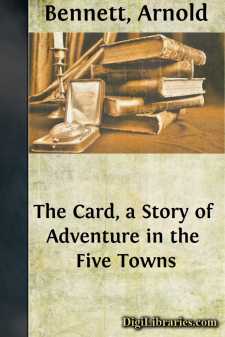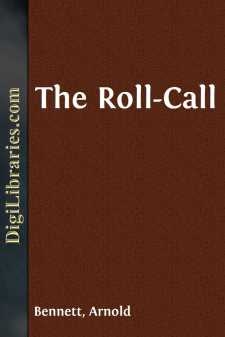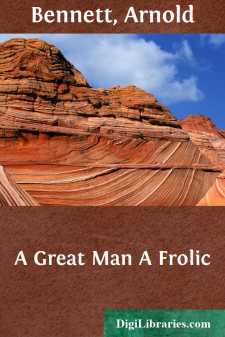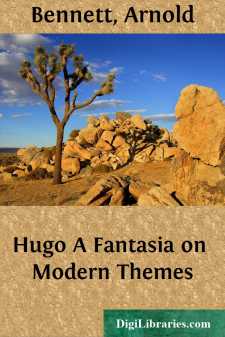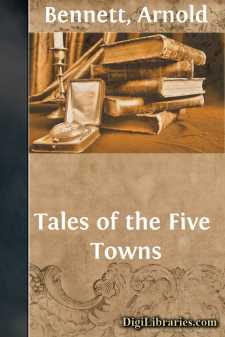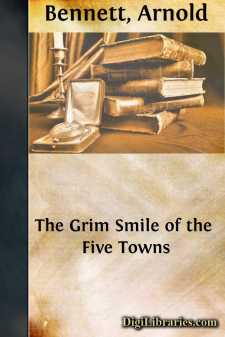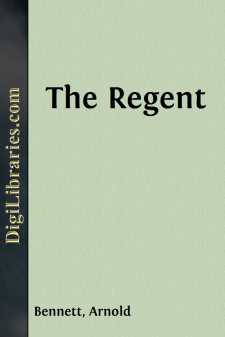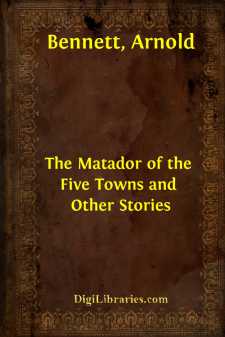Categories
- Antiques & Collectibles 13
- Architecture 36
- Art 48
- Bibles 22
- Biography & Autobiography 813
- Body, Mind & Spirit 138
- Business & Economics 28
- Children's Books 12
- Children's Fiction 9
- Computers 4
- Cooking 94
- Crafts & Hobbies 4
- Drama 346
- Education 46
- Family & Relationships 57
- Fiction 11821
- Games 19
- Gardening 17
- Health & Fitness 34
- History 1377
- House & Home 1
- Humor 147
- Juvenile Fiction 1873
- Juvenile Nonfiction 202
- Language Arts & Disciplines 88
- Law 16
- Literary Collections 686
- Literary Criticism 179
- Mathematics 13
- Medical 41
- Music 40
- Nature 179
- Non-Classifiable 1768
- Performing Arts 7
- Periodicals 1453
- Philosophy 64
- Photography 2
- Poetry 896
- Political Science 203
- Psychology 42
- Reference 154
- Religion 505
- Science 126
- Self-Help 81
- Social Science 81
- Sports & Recreation 34
- Study Aids 3
- Technology & Engineering 59
- Transportation 23
- Travel 463
- True Crime 29
Clayhanger
by: Arnold Bennett
Categories:
Description:
Excerpt
The Last of a Schoolboy.
Edwin Clayhanger stood on the steep-sloping, red-bricked canal bridge, in the valley between Bursley and its suburb Hillport. In that neighbourhood the Knype and Mersey canal formed the western boundary of the industrialism of the Five Towns. To the east rose pitheads, chimneys, and kilns, tier above tier, dim in their own mists. To the west, Hillport Fields, grimed but possessing authentic hedgerows and winding paths, mounted broadly up to the sharp ridge on which stood Hillport Church, a landmark. Beyond the ridge, and partly protected by it from the driving smoke of the Five Towns, lay the fine and ancient Tory borough of Oldcastle, from whose historic Middle School Edwin Clayhanger was now walking home. The fine and ancient Tory borough provided education for the whole of the Five Towns, but the relentless ignorance of its prejudices had blighted the district. A hundred years earlier the canal had only been obtained after a vicious Parliamentary fight between industry and the fine and ancient borough, which saw in canals a menace to its importance as a centre of traffic. Fifty years earlier the fine and ancient borough had succeeded in forcing the greatest railway line in England to run through unpopulated country five miles off instead of through the Five Towns, because it loathed the mere conception of a railway. And now, people are inquiring why the Five Towns, with a railway system special to itself, is characterised by a perhaps excessive provincialism. These interesting details have everything to do with the history of Edwin Clayhanger, as they have everything to do with the history of each of the two hundred thousand souls in the Five Towns. Oldcastle guessed not the vast influences of its sublime stupidity.
It was a breezy Friday in July 1872. The canal, which ran north and south, reflected a blue and white sky. Towards the bridge, from the north came a long narrow canal-boat roofed with tarpaulins; and towards the bridge, from the south came a similar craft, sluggishly creeping. The towing-path was a morass of sticky brown mud, for, in the way of rain, that year was breaking the records of a century and a half. Thirty yards in front of each boat an unhappy skeleton of a horse floundered its best in the quagmire. The honest endeavour of one of the animals received a frequent tonic from a bare-legged girl of seven who heartily curled a whip about its crooked large-jointed legs. The ragged and filthy child danced in the rich mud round the horse’s flanks with the simple joy of one who had been rewarded for good behaviour by the unrestricted use of a whip for the first time.
Two.
Edwin, with his elbows on the stone parapet of the bridge, stared uninterested at the spectacle of the child, the whip, and the skeleton. He was not insensible to the piquancy of the pageant of life, but his mind was preoccupied with grave and heavy matters. He had left school that day, and what his eyes saw as he leaned on the bridge was not a willing beast and a gladdened infant, but the puzzling world and the advance guard of its problems bearing down on him....



